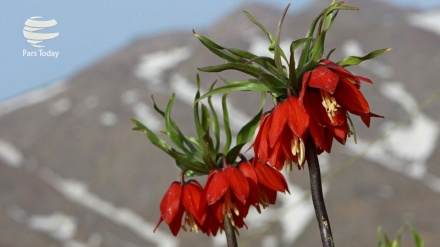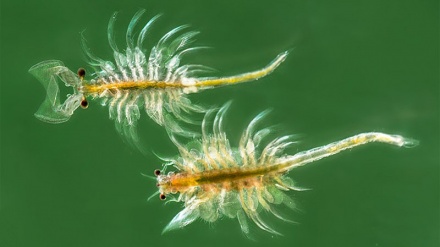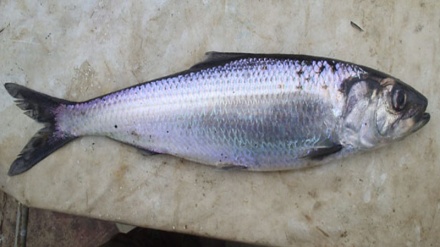Iran’s rare animal and plant species (31)
Welcome to this week’s episode of the series Iran’s Rare Animal Species. Today, we become familiar with mugger crocodile.
Reptiles are valuable animals, which play an important and decisive role in balancing the cycle of nature. Around two-hundred reptile species have been identified in Iran, among which crocodiles are especially valuable. Mugger crocodile is the only crocodile specie in Iran, whose habitat in the country is Southeast Baluchestan region. Unfortunately, this rare crocodile specie is on the verge of extinction. Given this fact, the International Union for Conservation of Nature has enlisted mugger crocodiles among the endangered species.
Mugger crocodile is the largest reptile in Iran. It maintains a wide jaw, with the upper part of its jaw maintaining 19 teeth and its lower part of jaw having 15 teeth. This large reptile has short legs, with its front legs maintaining five toes with long nails, and its back legs having four toes with shorter nails. Its body is brownish and its stomach is yellowish white in color. The average size of adult male mugger crocodiles is three meters, with female crocodiles usually stretching to 2 meters and 45 centimeters. Iran’s mugger crocodiles rarely stretch more than three meters in length.
The tail of this animal, which constitutes half of its body length, is extremely powerful and can shatter the bones of large mammals with a powerful blow. Its jaw is very strong and can easily break large bones into pieces. One of the other features of mugger crocodiles is their powerful stomach acid which makes it possible for this animal to digest hard foodstuff. Also, there is a layer named veium pahatinum in the body of this crocodile which prevents the entry of water into stomach, even when the mouth of this animal is wide open.
The pupil of the eyes of this animal is vertical and oval-shaped, which is highly useful for this animal’s nightly activities. The location of this animal’s eyes on its head is such that even when all of the body of this animal is under water, it can keep its eyes above the water’s surface. Its nostrils and ears are located in a similar manner on mugger crocodile’s face, enabling it to also keep its ears and nostrils above the water’s surface.
Mugger crocodiles dig deep channels next to rivers and river basins of their habitats, which are usually several meters in depth, and fifteen meters in length; thereby providing a shelter for themselves within warm hours during the day; and also preventing the evaporation of water, maintaining the water of swamps and marshlands in warm seasons. Thus, Iran’s Baluchi people highly like these animals and believe that wherever mugger crocodiles are, there is abundant water.
The mating season of mugger crocodiles is mid-march, and they usually hatch their eggs in the month of June. They dig deep holes in locations with sufficient moisture, hatching 20 to 35 eggs. The crocodile offspring come out of their eggs after 65 days. The offspring are usually 20 to 25 centimeters in length. They feed on insects, amphibians, and fish species. Only 5% to 10% of offspring reach the age of puberty, while the rest of them are eaten by predator birds, foxes, jackals, and dogs.
The residents of southeast Iran like mugger crocodiles and do not harm them. The locals even transfer mugger crocodiles from dried lakes to other lakes and provide food for these animals throughout droughts. Therefore, humans pose no threat against mugger crocodiles. Meanwhile, droughts in the past two decades have led to the mortality of many mugger crocodiles. Emergence of floods at the habitat of mugger crocodiles, and devour of offspring by adult crocodiles have threatened the survival of mugger crocodiles. Also chemical contamination of waters has directly or indirectly threatened the existence of these crocodiles.
Given these facts, the Islamic Republic of Iran Environment Protection Organization has carried out especial measures for protection of mugger crocodiles. This organization has also trained and enabled local communities to protect this valuable and rare animal.
MR/ME


